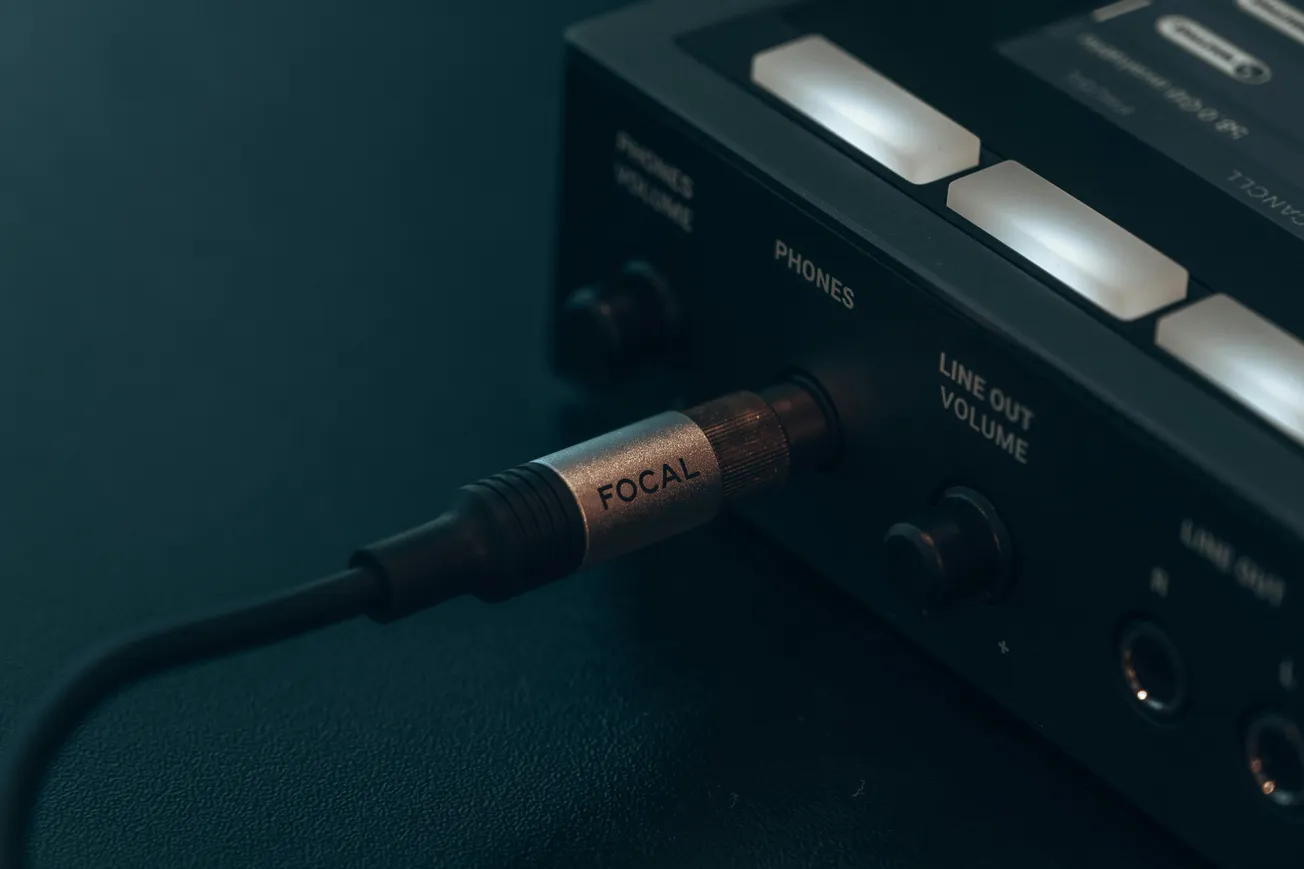Turning a shipping container into a recording or podcast studio is no longer just a quirky idea—it’s a viable path for creators seeking a dedicated space without the cost and complexity of a traditional build. According to Sound On Sound, the appeal lies in portability, affordability and customisation.
Used 20‑foot containers in the U.K., for instance, can be purchased for around £1,500‑2,000 including delivery—much cheaper than many garden studios or rented commercial spaces.
But the container’s narrow width (approx. 2.4 m) and the challenge of soundproofing steel walls pose real acoustic challenges. Sound On Sound’s author detailed his build: a 50 mm cavity, Rockwool insulation, dual sound‑block plasterboard and special attention to doors and floors.
For podcasters and content creators, the lessons are especially relevant:
- Acoustic control matters more than the shell. Because the metal container rings and transmits vibration, you’ll need mass and absorption—don’t rely on the container’s steel body alone.
- Temperature and ventilation count. A metal box heats up or cools down quickly, so insulation, HVAC or ventilation are essential for comfortable long‑sessions.
- Space planning is key. The limited width demands thoughtful layout—if you eat up too much room with framing and treatment, what’s left might feel like a corridor.
If you’re a creator with tight budget, mobility needs (e.g., moving location) or limited real‑estate options, a container studio offers an interesting alternative. But treat it as a serious build, not a quick fix: good audio depends on structure, treatment and workflow just as much as gear.









